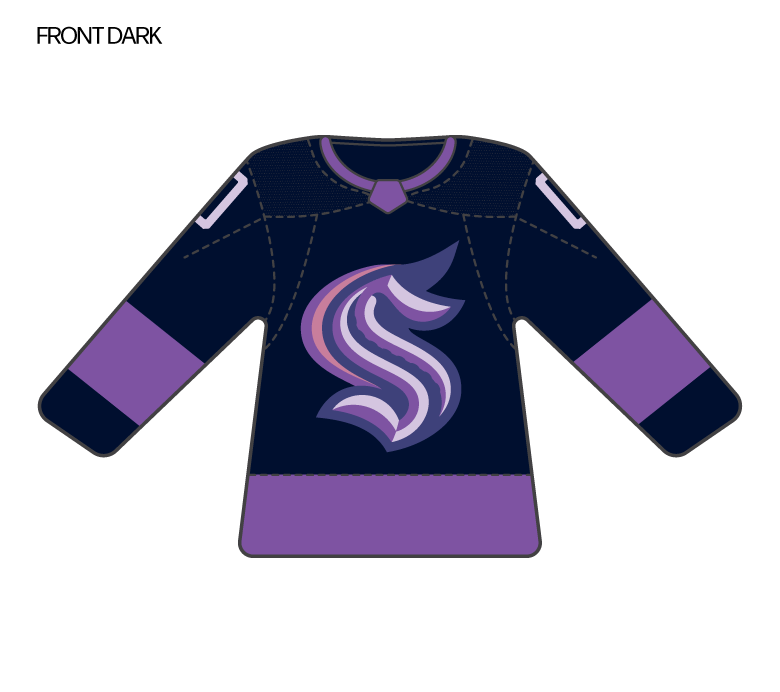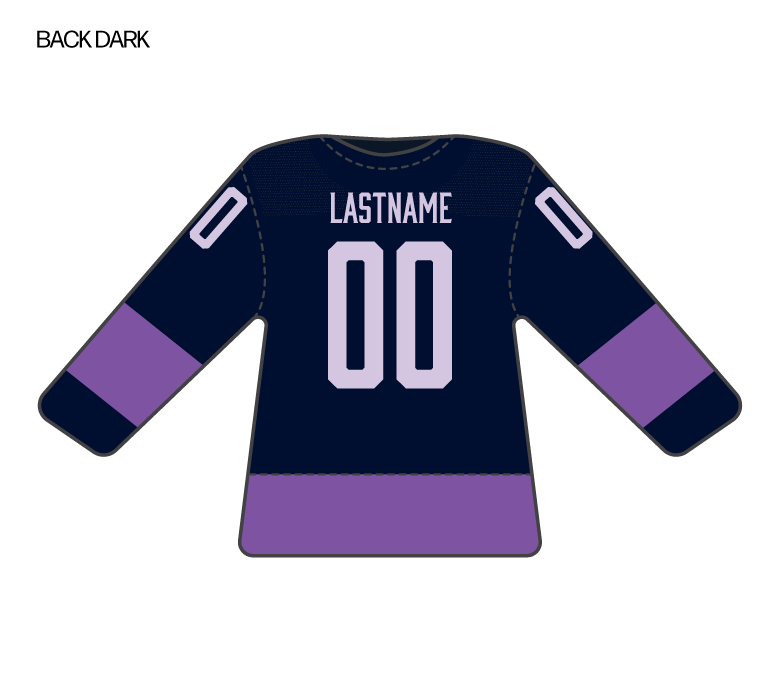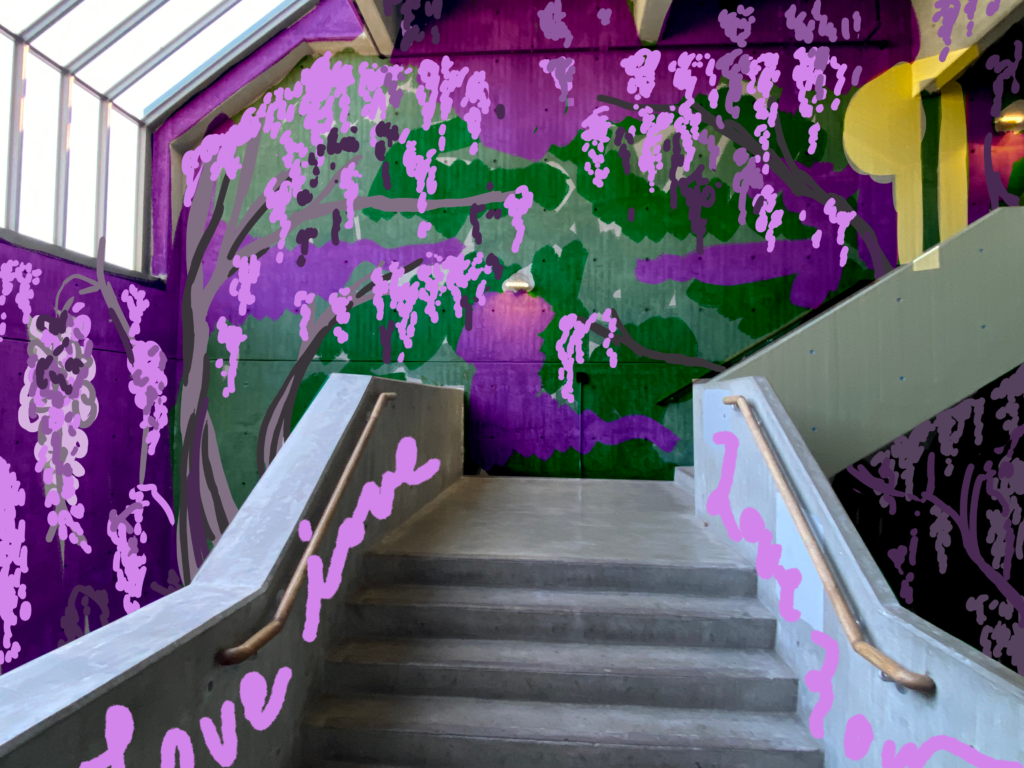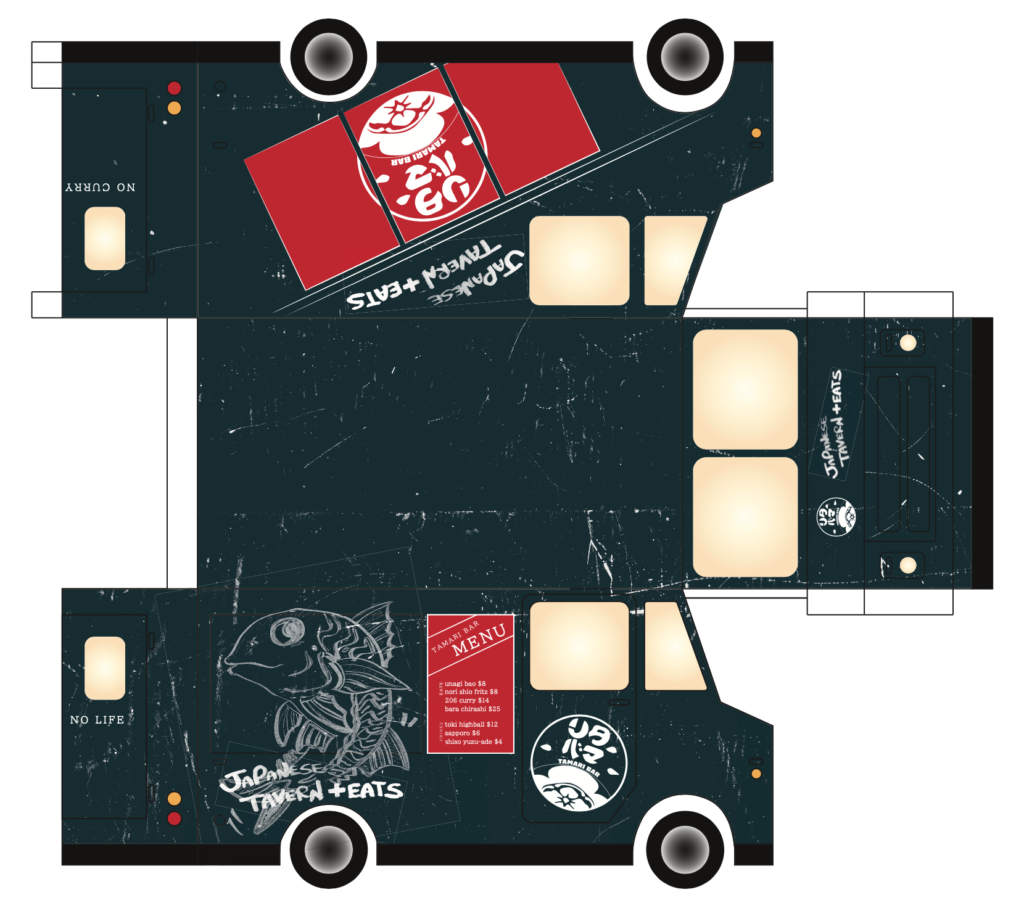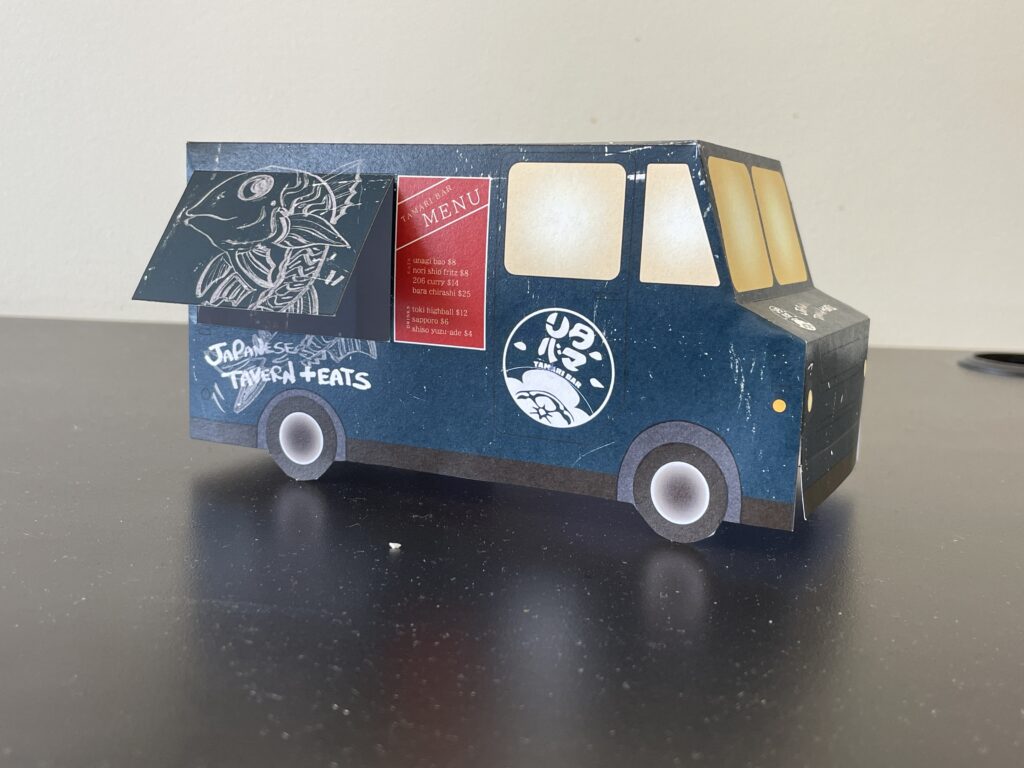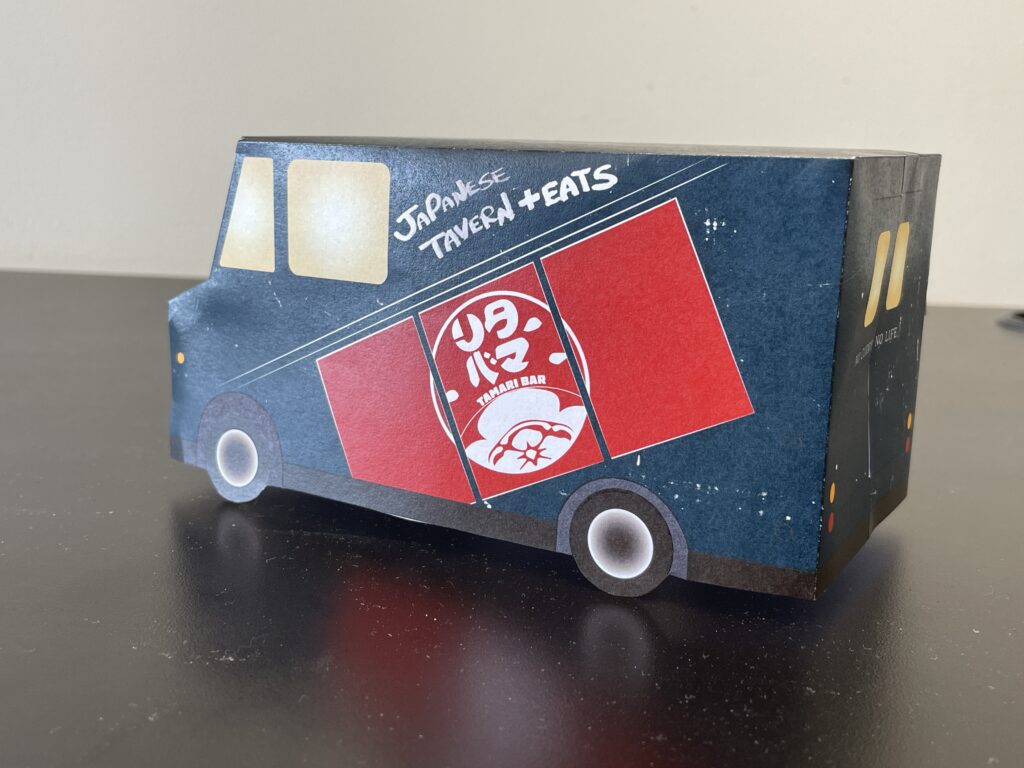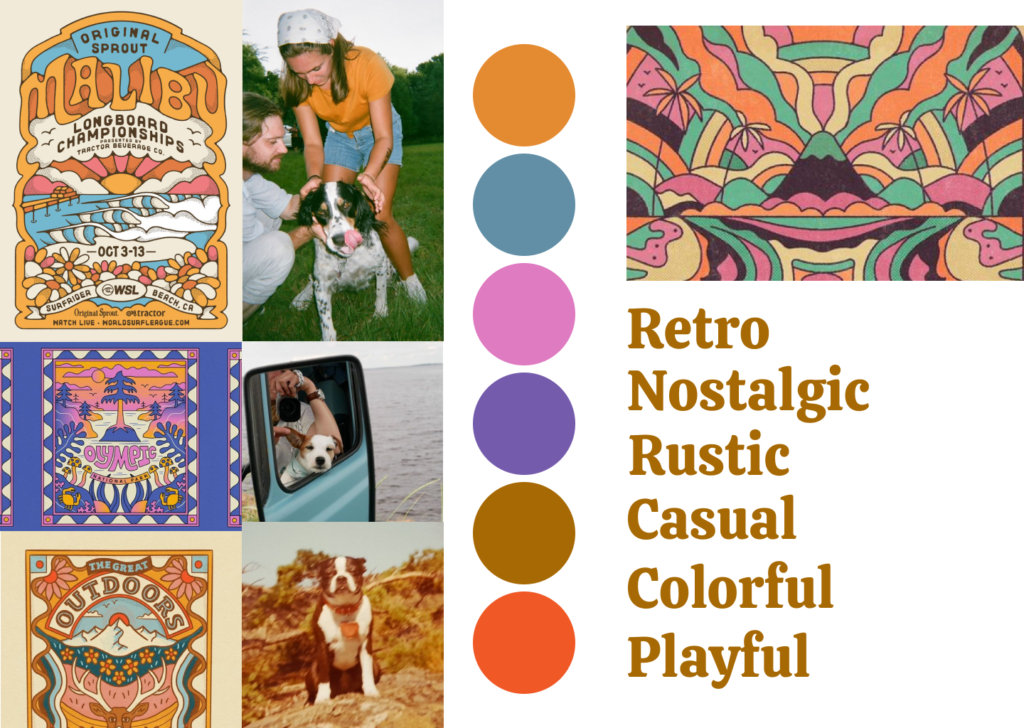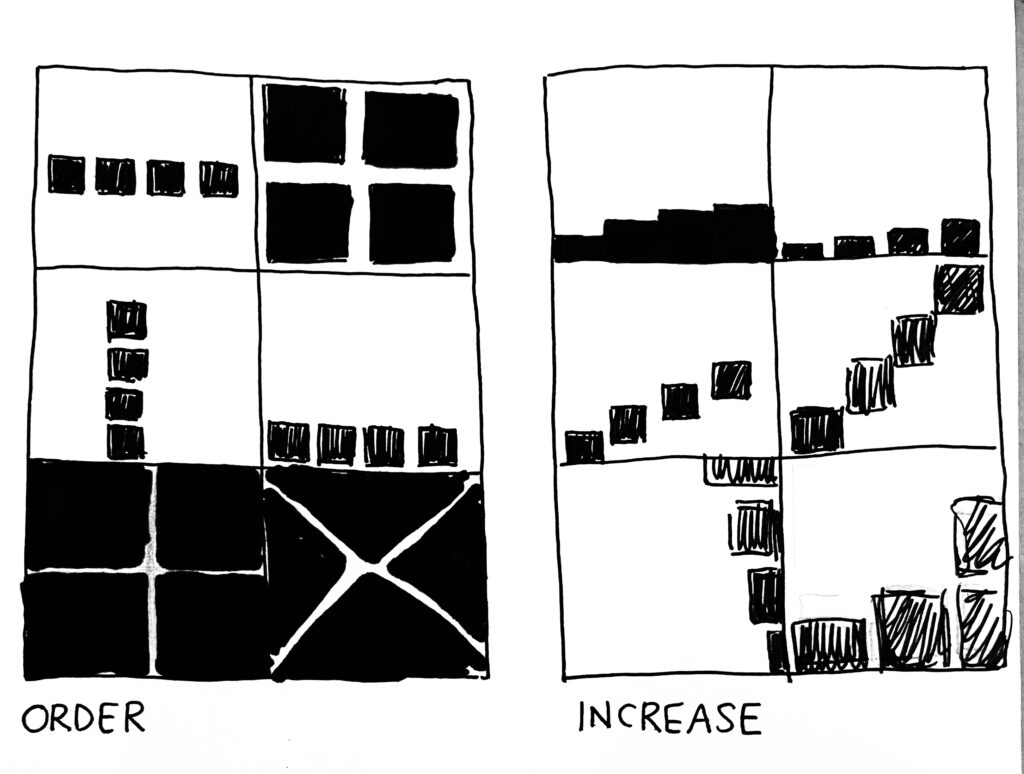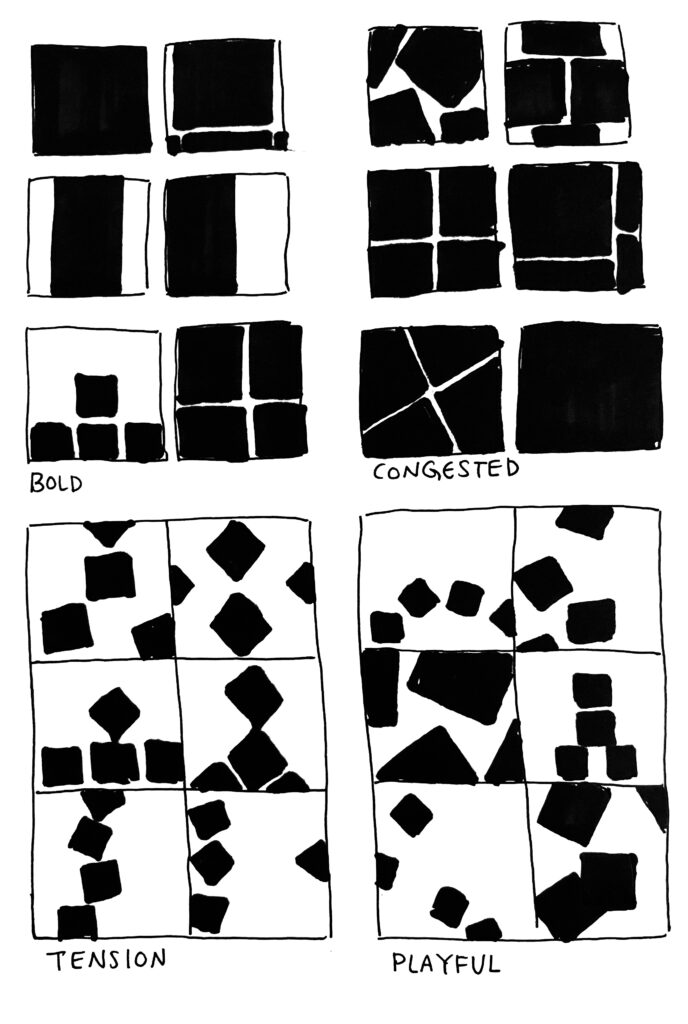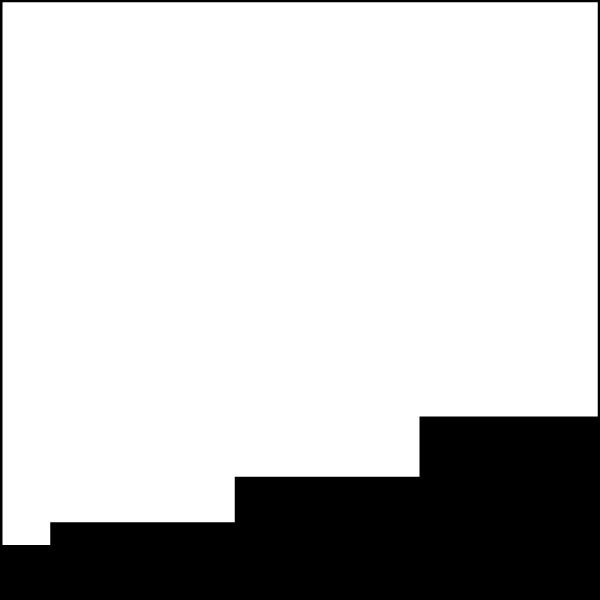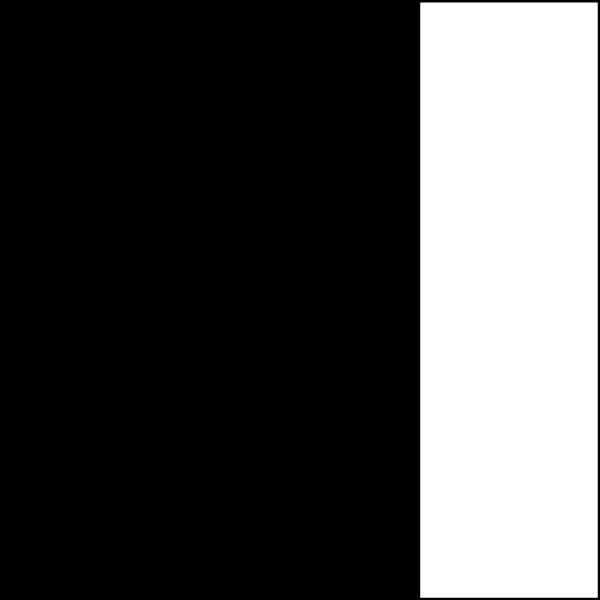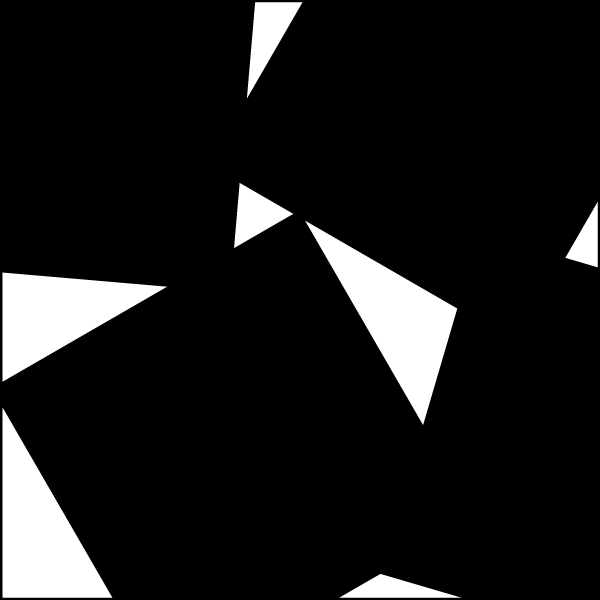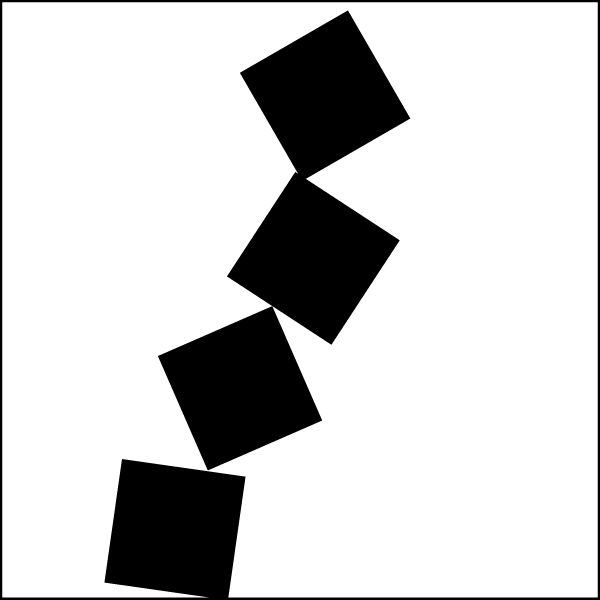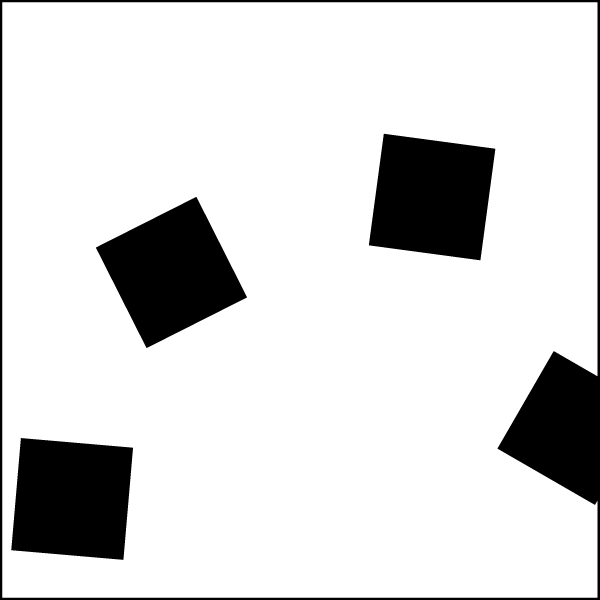I am proposing three posters, one for each section of the phrase, “Freedom to Express, Freedom to Explore, Freedom from Expectation.” The posters will primarily use typography to illustrate each theme.
Freedom to Express
This poster starts with a solid black background. In the upper left quadrant are the words “Freedom to” in a bold san-serif typeface, in white. In the upper right is the word “express.” The typeface is the same, but the type is slightly larger and is glowing as though in neon, each letter a different color. The glow reaches out into the dark around the letters.
Freedom to Explore
This poster is on a deep blue background. Again, in the upper left quandrant are the words “Freedom to” in the same bold, white, san-serif type. On the right side of the poster are some large circular dots of random sizes and orientations. The word “explore” is aligned to the first part of the phrase, but the letters stretch, rotate, and extend to snake in and out of the “holes” created by the white dots.
Freedom from Expectation
The final poster is on a solid white background. The text is black. “Freedom from,” is written in the same typeface and weight as on the other posters, vertically centered on the left side of the poster. The “e” of “expectation” is in line with the start of the phrase, but the remaining letters of the word leave the baseline to differing, random degrees, rotating a little to give the impression that they are floating away like helium balloons. The last letter bleeds slightly off the page.
